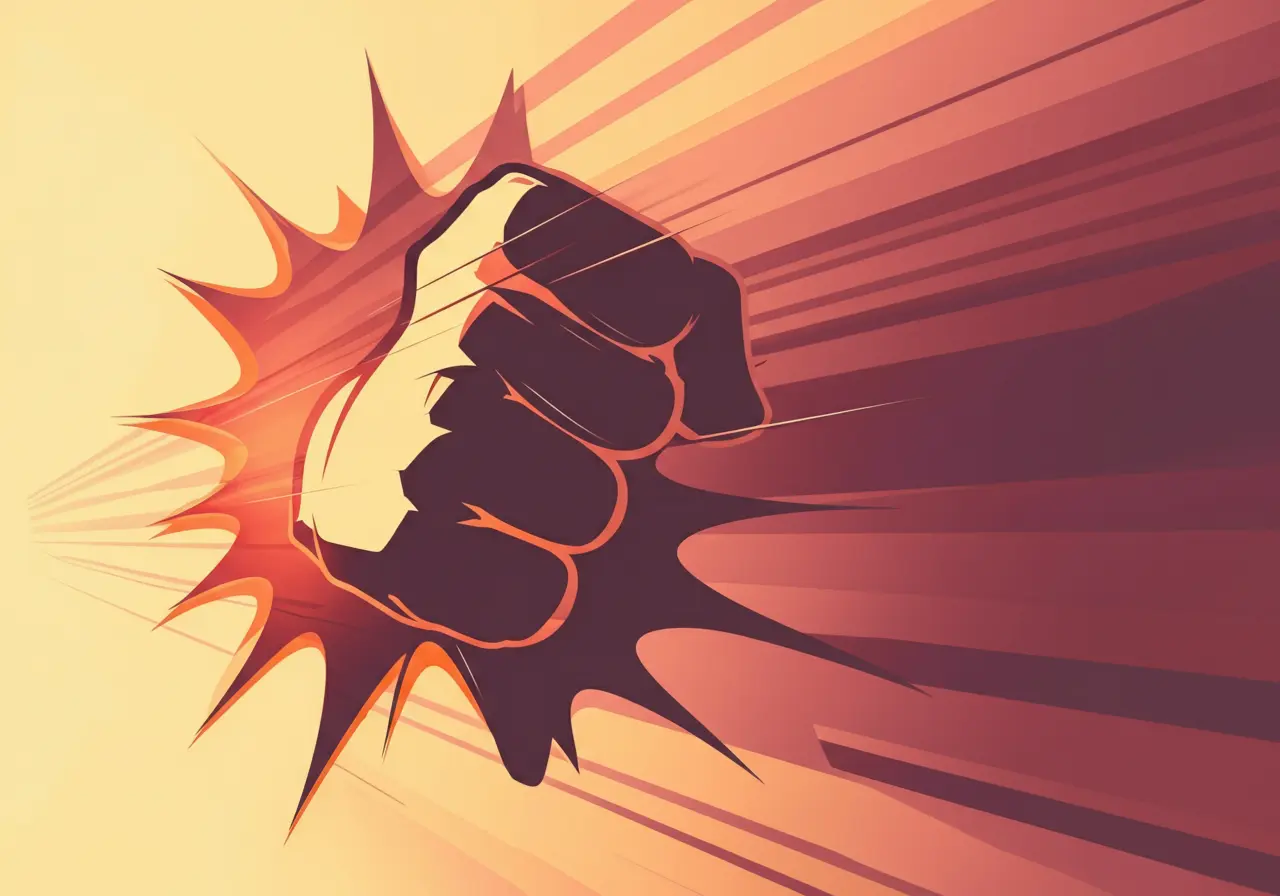Most people think they understand what constitutes a fair fight, but few truly grasp the devastating reality of an unprovoked attack. A suckerpunch represents one of the most cowardly and dangerous forms of violence, striking victims without warning and leaving lasting physical and psychological scars. This comprehensive guide explores the meaning, legal ramifications, and broader implications of suckerpunches, helping you understand why these attacks are so serious and how we can work together to prevent them.
Origin and Evolution of the Term
The term “sucker punch” has deep roots in American slang, dating back to the early 20th century. Originally combining “sucker” (someone easily deceived) with “punch,” it described attacks on unsuspecting victims who were essentially “suckered” into vulnerability.
Initially confined to boxing and street fighting contexts, the term has evolved significantly. What once described purely physical altercations now encompasses broader situations involving unexpected betrayal or deception. You might hear someone say they were “suckerpunched” by a business deal gone wrong or blindsided by workplace politics.
The linguistic evolution reflects our growing understanding of psychological trauma. Modern usage recognises that the element of surprise—whether physical or emotional—creates unique damage that goes beyond the immediate impact.
From Streets to Screens
Media representation has shaped how we perceive suckerpunches. Films and television often dramatise these attacks, sometimes glorifying the “surprise factor” while glossing over real consequences. This portrayal has contributed to public misunderstanding about the severity of unprovoked violence.
Legal Implications and Consequences
The law treats suckerpunches seriously, typically classifying them under assault and battery statutes. The unprovoked nature often results in harsher penalties than fights involving mutual combat.
Criminal Charges
Most jurisdictions recognise several factors that can elevate charges:
Premeditation: Evidence of planning increases severity
Victim vulnerability: Attacks on unsuspecting victims carry heavier penalties
Injury severity: Consequences ranging from minor harm to permanent disability
Location: Attacks in certain venues may trigger additional charges
Courts often view the element of surprise as an aggravating factor, recognising that victims cannot prepare or defend themselves adequately.
Civil Liability
Beyond criminal charges, perpetrators face significant civil liability. Victims can pursue damages for:
- Medical expenses and ongoing treatment
- Lost wages and reduced earning capacity
- Pain and suffering
- Psychological counselling costs
- Punitive damages in severe cases
The unprovoked nature strengthens civil cases, as defendants cannot claim self-defence or mutual combat.
Ethical Dimensions and Moral Considerations
The ethical problems with suckerpunches extend beyond legal definitions. These attacks violate fundamental principles of fair play, consent, and human dignity.
Violation of Trust
Society functions on basic assumptions about personal safety. When someone launches an unprovoked attack, they shatter these assumptions and violate implicit social contracts. This betrayal often proves more traumatic than the physical impact.
Power Dynamics
Suckerpunches exploit power imbalances. The attacker holds all advantages—timing, preparation, and element of surprise—while the victim remains completely vulnerable. This imbalance makes the attack particularly cowardly and morally reprehensible.
Psychological Impact on Victims
Survivors often experience:
- Post-traumatic stress disorder (PTSD)
- Anxiety in social situations
- Hypervigilance and paranoia
- Depression and withdrawal
- Loss of trust in others
Recovery involves not just physical healing but rebuilding confidence and trust in one’s environment.
Effects on Perpetrators
Research suggests that those who commit unprovoked attacks may experience:
- Guilt and remorse (in some cases)
- Escalation to more serious violence
- Social isolation and relationship problems
- Legal and financial consequences affecting their future
Prevention Strategies and Community Response
Preventing suckerpunches requires community-wide effort and individual awareness.
De-escalation Techniques
Learning to recognise and defuse tense situations can prevent violence:
Stay calm: Maintain composure even when others become agitated
Listen actively: Show you’re hearing concerns without necessarily agreeing
Find common ground: Identify shared interests or goals
Suggest breaks: Propose cooling-off periods when emotions run high
Offer alternatives: Present different ways to resolve conflicts
Bystander Intervention
Witnesses play crucial roles in prevention:
- Recognise warning signs of escalating tension
- Safely intervene when appropriate
- Call for help when situations exceed their ability to manage
- Support victims after incidents occur
- Report attacks to proper authorities
Environmental Design
Communities can reduce risks through thoughtful planning:
- Improved lighting in public spaces
- Security cameras in problem areas
- Trained staff in venues where alcohol is served
- Clear sightlines that eliminate blind spots
- Emergency communication systems
Cultural Representations and Media Influence
How society portrays suckerpunches shapes public attitudes and responses.
Film and Television
Entertainment media often presents conflicting messages. While some productions condemn unprovoked violence, others glorify “surprise attacks” as clever or justified. These mixed messages can confuse audiences about the seriousness of such attacks.
Social Media Impact
Video sharing platforms have created new dynamics around violence. Footage of suckerpunches can go viral, sometimes encouraging copycat behaviour or creating additional trauma for victims whose attacks become public entertainment.
News Coverage
Media reporting significantly influences public perception. Responsible journalism can educate audiences about consequences and prevention, while sensationalised coverage may inadvertently encourage similar behaviour.
Building Safer Communities Together
Understanding suckerpunches means recognising our collective responsibility to create safer environments. This involves supporting victims, holding perpetrators accountable, and working to address underlying causes of violence.
The unprovoked nature of these attacks makes them particularly destructive, shattering not just bodies but trust, security, and community cohesion. By examining the legal, ethical, and cultural dimensions of suckerpunches, we better understand why prevention requires everyone’s involvement.
Real change happens when communities commit to fostering respect, teaching conflict resolution, and creating cultures where violence becomes unthinkable rather than inevitable. The goal isn’t just preventing individual attacks but building societies where unprovoked violence has no place.


